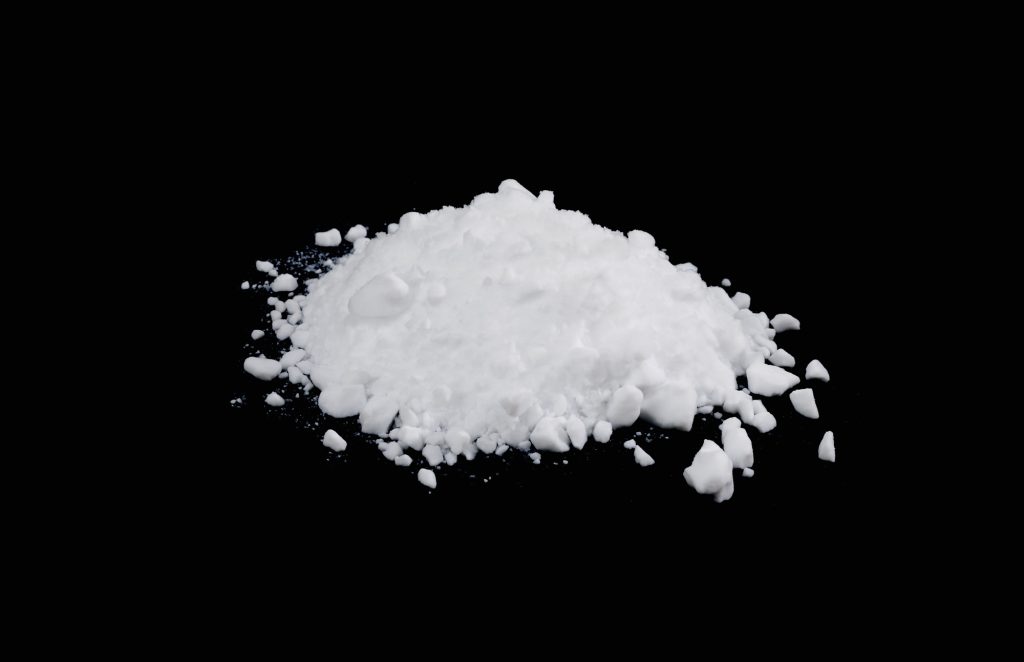Characteristics and applications of three common silicon micropowder products

Silica powder is made from crystalline quartz, fused quartz and other raw materials through grinding, precision grading, impurity removal and other processes to produce silicon dioxide powder.
1. Classification of silicon micropowder
According to the particle morphology, it can be divided into angular silicon micropowder and spherical silicon micropowder. According to the different raw materials, it can be divided into angular crystalline silicon micropowder and angular molten silicon micropowder. The performance and price of crystalline, molten and spherical silicon micropowders increase in turn.
Crystalline silicon micropowder is made of natural quartz blocks, quartz sand, etc. as raw materials, and is processed through grinding, precision grading, impurity removal and other processes.
Fused silicon micropowder is made of fused quartz, glass and other materials as the main raw materials, and is produced through grinding, precision grading and impurity removal.
Spherical silicon micropowder is made of selected angular silicon micropowder (made of quartz blocks/quartz sand, fused quartz blocks/quartz sand, glass materials) as raw materials, and is processed into spherical silicon dioxide powder materials by flame method. In addition, it can also be prepared by combustion and explosion method and liquid phase method.
2. Application of silicon micropowder
(1) Copper clad laminate
Ordinary copper clad laminates generally use angular silicon micropowder, which mainly plays a role in reducing costs. Some molten powders have better performance. For example, copper clad laminates with higher technical levels such as high frequency and high speed, HDI substrates, etc. generally use modified high-performance spherical silicon micropowder (usually with a median particle size of less than 3um).
For example, crystalline silicon micropowder has a simple process and low cost, and is mainly used for household copper clad laminates with relatively low requirements for product accuracy and density, signal transmission speed, etc.
Melted silicon micropowder has good performance, moderate cost, low dielectric loss and linear expansion coefficient, and can be used in copper clad laminates used in smart phones, tablets, automobiles, network communications and industrial equipment.
Spherical silicon micropowder has excellent properties such as good fluidity, low stress, small specific surface area and high packing density. High-frequency and high-speed copper-clad laminates such as supercomputers and 5G communications require low transmission loss, low transmission delay, high heat resistance and high reliability. Spherical silicon micropowder is needed as a key functional filler, and the powder impurity content is required to be low and the filling rate is required to be high.
(2) Epoxy molding compound
Generally, low-end and mid-end epoxy molding compounds mostly use angular silicon micropowder, while high-end epoxy molding compounds are mainly spherical silicon micropowder. Spherical silicon micropowder is beneficial to improve fluidity and increase filler dosage, reduce thermal expansion coefficient, and reduce wear of equipment and molds.
